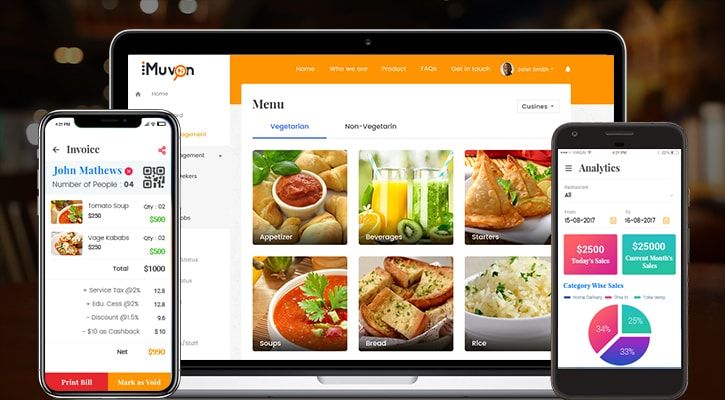Creating a recipe for success in restaurant training requires a careful blend of crucial ingredients that cater to both the staff and the overall dining experience. One key element is a comprehensive onboarding process, where new hires are introduced not only to the menu and kitchen operations but also to the restaurant’s culture and values. This ensures that employees align with the establishment’s identity, fostering a sense of belonging and commitment. Ongoing training is equally vital, keeping staff abreast of menu changes, customer service techniques, and industry trends. A well-crafted training program also emphasizes the significance of teamwork, instilling a collaborative spirit among employees. Beyond technical skills, cultivating soft skills such as communication, empathy, and problem-solving is imperative for delivering exceptional customer service. Regular and constructive feedback mechanisms contribute to staff growth, allowing them to refine their skills and address areas of improvement. Moreover, incorporating practical, hands-on training sessions helps employees apply theoretical knowledge in a real-world setting.

This practical experience not only enhances their proficiency but also builds confidence. It is crucial to prioritize food safety and hygiene training, ensuring that staff adhere to the highest standards, safeguarding both the restaurant’s reputation and customer well-being. Additionally, incorporating diversity and inclusion training promotes a welcoming environment for both staff and patrons, enriching the overall dining experience. Technological proficiency is becoming increasingly important in the modern restaurant landscape, and thus, staff training should include familiarity with point-of-sale systems, reservation platforms, and other relevant technologies. Finally, a successful training recipe incorporates a commitment to continuous improvement, with regular updates to the training program to align with industry advancements and customer expectations. In the culinary world, the saying mise en place, meaning everything in its place of Waitrainer online training for restaurant staff, emphasizes the importance of preparation. Similarly, in restaurant training, meticulous planning and organization are paramount. Establishing clear learning objectives, designing engaging training materials, and creating accessible resources contribute to an effective training program. Utilizing multimedia tools, such as videos and interactive modules, enhances engagement and retention.
Moreover, incorporating role-playing scenarios simulates real-world challenges, enabling staff to practice and refine their skills in a controlled environment. Cultivating a learning culture within the restaurant encourages employees to pursue continuous education independently, staying informed about industry trends and best practices. Additionally, cross-training employees in various roles fosters flexibility, allowing for seamless operations during peak times or unexpected staff shortages. Finally, promoting a sense of pride and ownership in their roles motivates staff to excel, as they see themselves as integral contributors to the restaurant’s success. By blending these elements into a harmonious recipe, restaurant training becomes a transformative experience that not only equips staff with the necessary skills but also instills a passion for delivering exceptional service. This holistic approach ensures that the restaurant not only survives but thrives in a competitive and dynamic industry, leaving a lasting impression on both staff and patrons alike.








